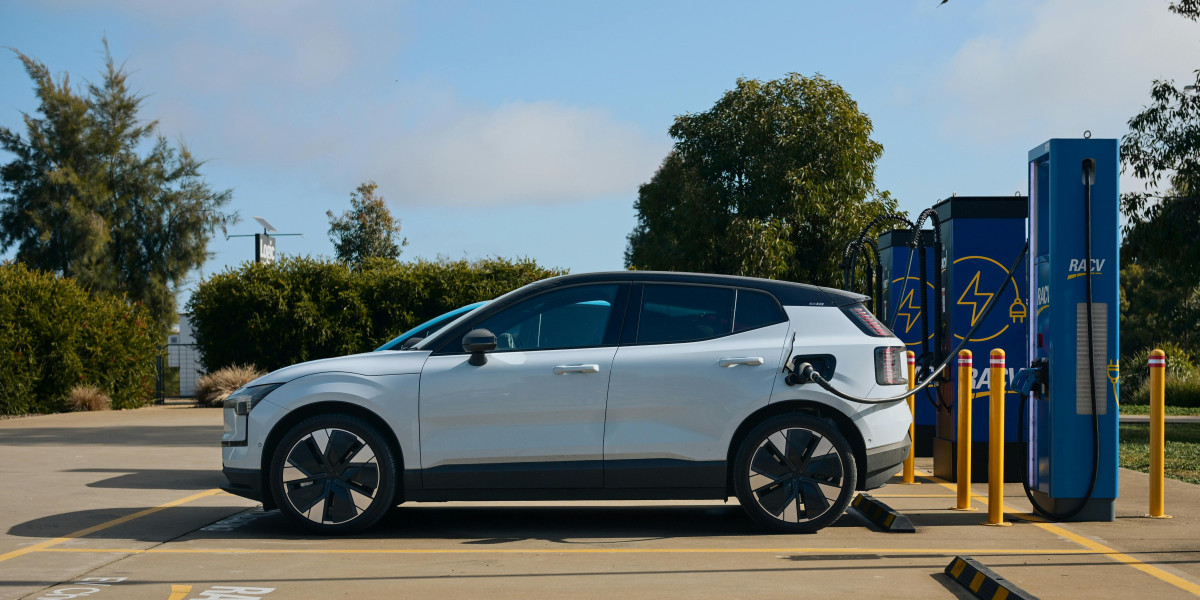A Different Kind of Refuelling
One of the most surprising things for new EV owners? You almost never “fill up” anywhere. Most charging happens right at home, while you’re asleep, watching TV, or making dinner. You plug in, forget about it, and wake up with a full battery. It’s convenient, quiet, and for solar households, incredibly cheap — or even free.
It’s a small shift that ends up making a big impact on lifestyle. No more last-minute servo stops. No more queues. No more watching the price of unleaded like it’s a stock market.
The Solar + EV Combo Is a Game-Changer
If you’ve already got solar panels on your roof, an EV is the natural next step. Every sunny day becomes an opportunity to power your drive. Better yet, when you install a smart charger, your car can prioritise solar power, charge at off-peak times, or even delay charging when the grid is under pressure.
This combo — solar, battery, and EV charger — is fast becoming the energy trifecta for Australian homes. It’s clean, affordable, and future-proof.
Charging Infrastructure at Home Adds Long-Term Value
Installing a home EV charger doesn’t just make life easier — it also adds value to your property. As EV adoption grows, buyers are increasingly looking for homes that are “EV-ready.” A dedicated charging point, especially one integrated with a solar or energy management system, is a tick for convenience, sustainability, and forward-thinking design.
Builders and renovators are already jumping on this trend, and we’re seeing more new builds in Australia coming with EV provisions as standard.
Public Charging Will Fill the Gaps
Yes, home charging covers most needs — but public charging is still essential. Whether it’s a quick top-up during a long drive or a fast charge at a shopping centre, Australia’s network is steadily expanding. More chargers are appearing on highways, in regional towns, and near major destinations.
But the real magic will happen when public and private systems talk to each other. Imagine plugging in at work, using excess solar from your office, or being rewarded for charging during off-peak hours. That level of integration is on the way — and your home charger will be part of it.
From Car to Power Source: What’s Next?
The next evolution in EV charging is bi-directional capability — where your EV can give power back. This could mean powering your home during a blackout, or exporting stored energy to the grid during peak demand.
It flips the script. Your vehicle becomes part of your energy system — not just a user of it. And it gives households even more control over how, when, and why they use electricity.
What we’re seeing isn’t just a switch to electric vehicles. It’s a complete rethinking of how we power our homes, our transport, and our daily lives. It’s about putting control back in the hands of households. About replacing high energy bills with smart energy systems. About shifting from fossil fuels to renewables — not just for the grid, but for our garages too.
The average home is becoming a mini power station. And the driveway is where a lot of that change is happening.








